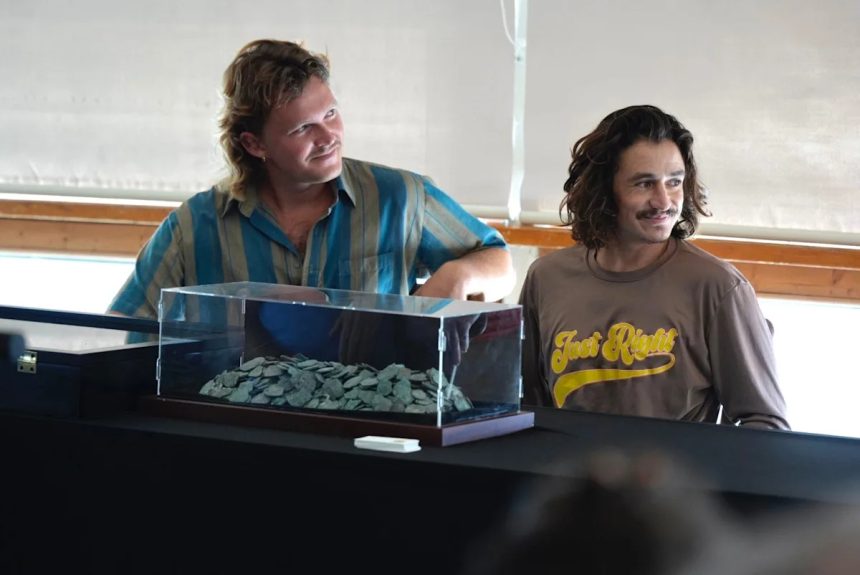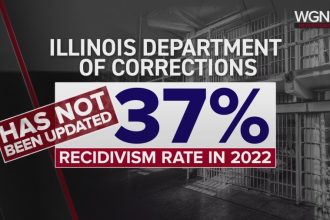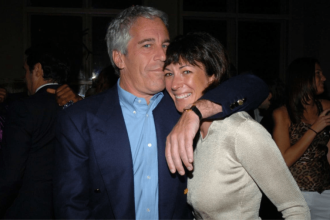SEBASTIAN, FL — More than 1,000 silver coins and five gold coins worth about $1 million were recovered from a 1715 Spanish shipwreck off the coast of Florida, a shipwreck salvage company said.
On Sept. 30, 1715 Fleet-Queens Jewels LLC announced that over 1,000 silver coins known as “reales” were recovered by Captain Levin Shavers and the crew of M/V (motor vessel) “Just Right” off the southeast region of Florida, widely known as Treasure Coast. Five gold coins called “escudos” were also recovered in a separate find.
The company’s discovery is part of a “vast fortune carried by the fleet, which was transporting New World riches back to Spain” when a hurricane struck on July 31, 1715, according to a news release. The company said historians estimate that about $400 million worth of gold, silver, and jewels were lost in the storm.
“This discovery is not only about the treasure itself, but the stories it tells,” Sal Guttuso, the company’s director of operations, said in a statement. “Each coin is a piece of history, a tangible link to the people who lived, worked, and sailed during the Golden Age of the Spanish Empire. Finding 1,000 of them in a single recovery is both rare and extraordinary.”
The company said it owns exclusive salvaging rights to the remains of the 1715 Treasure Fleet shipwreck, when 11 ships were wiped out by a hurricane. About 1,000 people died in the maritime tragedy.
Queen Jewels is a historic shipwreck salvage operation that works closely with treasure hunters, museums, and underwater archaeologists. The salvage operation is based in Sebastian, a coastal city about 95 miles north of Palm Beach.
‘Last find of large coins like this was in 1990’
On the first day of the salvage season in May, Michael Perna, a professional historic shipwreck salvor and operator of the “Mighty Mo,” along with Milan “Choppy” Kalelkar and Shavers, found three gold coins in Fort Pierce at the Douglas Beach Wreck, part of the 1715 Treasure Fleet.
The “Mighty Mo” and the “Just Right” operate separately under Queens Jewels, but are friends. Shavers has been involved in treasure hunting since 2013, with this being his second season working off the Treasure Coast in proximity to the “Mighty Mo.”
The salvors then spent the next few months working a mile-long area near Ambersand Beach in north Indian River County. On the third day of salvaging, the crew of “Just Right” came upon a trail of coins on the Anchor Wreck, near Wabasso Beach, about 8 miles south of the Sebastian Inlet. It is the wreck site of “The Roberts,” a ship that sank in a hurricane in 1810.
On the 12th working day of the season for Shavers and his crewmate Luke Fuller, a pile of over 1,000 silver coins was recovered. The significance of the find, for Shavers, was that some of the coins carried an encrustation of what appeared to be a burlap sack.
“In the past, there’s evidence of them finding a chest which contained three burlap sacks and each sack had about 1,000 coins,” Shavers explained. “We could potentially be looking at a chest of coins, and with there being two more thousand coin dumps in the area.”
Shavers and the crew of “Just Right” recovered 1,051 silver coins, along with five gold coins and other artifacts that were recovered from other operations under the Queens Jewels umbrella. The coins are valued at a total of $1 million.
“The last find of large coins like this was in 1990,” Perna said.
Who gets the gold treasure?
Under federal admiralty law, Queens Jewels owns salvaging rights to the shipwrecks. Under Florida law, individuals who want to explore or recover artifacts on state-owned lands underwater must obtain a permit.
After the coins are cleaned, Queens Jewels conserves the artifacts and catalogs them before reaching the federal admiralty court, a specialized court with jurisdiction over civil cases related to maritime law and activities.
State law dictates that the treasure belongs to the U.S. District Court of Florida. The state will assess the treasure, keep 20%, and then the remaining 80% will be divided among crews.
In the news release, Queens Jewels said the “pieces of eight” were minted in the Spanish colonies of Mexico, Peru, and Bolivia.
“The condition of the coins suggests they were part of a single chest or shipment that spilled when the ship broke apart in the hurricane’s fury,” the company said. “The recovered coins will undergo careful conservation before being displayed to the public. Plans are underway for select pieces to be exhibited at local museums.”
What is the 1715 Treasure Fleet shipwreck?
On July 24, 1715, eleven ships traveled from Havana to Spain to deliver “the queen’s jewels” — at least $400 million worth of jewelry and gold. All was lost at sea during a hurricane off the coast of Florida on July 31, 1715.
According to archive coverage from TCPalm, part of the USA TODAY Network, the 1715 Fleet is considered one of the most important maritime tragedies in history. Though accounts vary, about 700 to 1,000 people died in the event while roughly 1,500 survived.
The July 31, 1715, storm, which might be categorized as a Category 3 or Category 4 hurricane by today’s standards, hit full force, toppling masts and scattering the fleet. Some of the wooden vessels were capsized by mammoth waves, while others ran aground or disappeared, crushed like matchsticks on the rocks.
The survivors of the shipwrecks struggled to shore between Sebastian and Fort Pierce, where they improvised shelters, gathered what they could to eat, and tried to salvage their sunken treasures. Many died of exposure and exhaustion.
Contributing: Thao Nguyen, USA TODAY
This article originally appeared on Treasure Coast Newspapers: Treasure hunters discover $1M in coins from 1715 Spanish shipwreck









